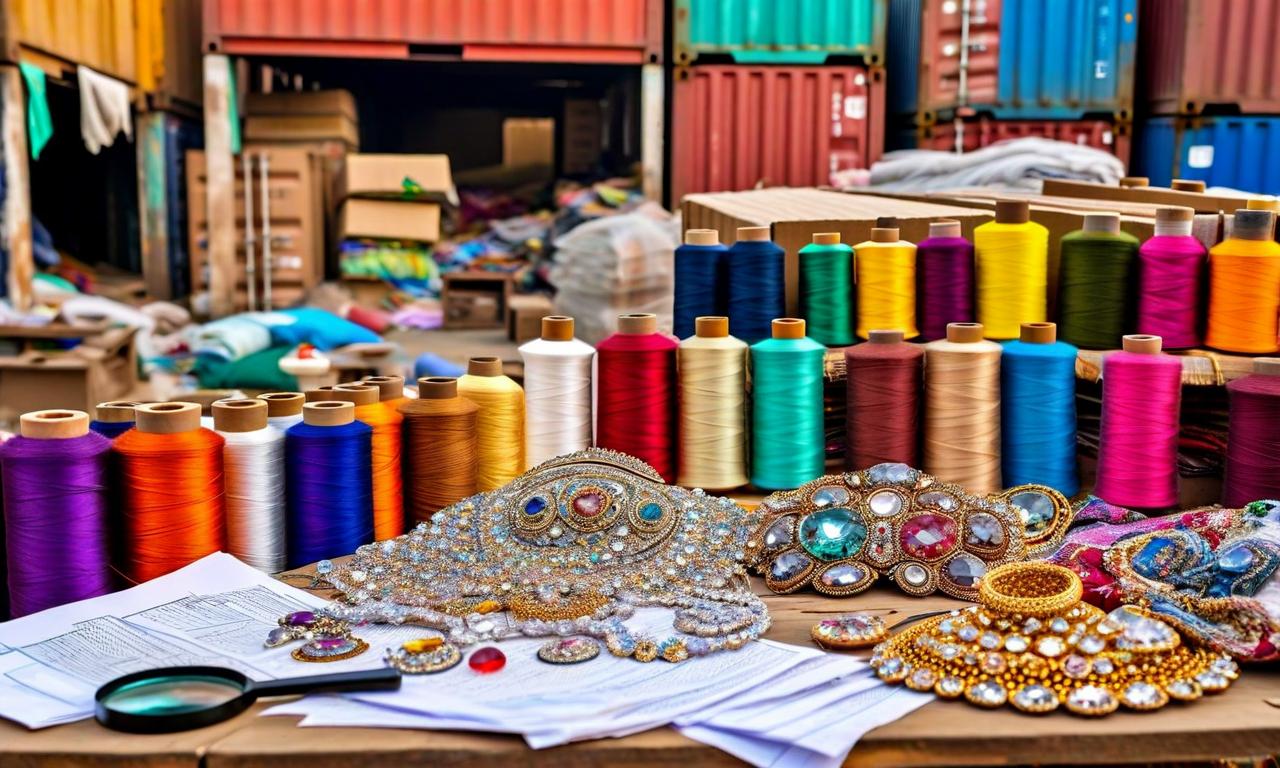Trump's 25% Tariff Hike on Indian Goods Rattles Markets, Export Sectors
President Trump's additional 25% tariff on Indian goods has doubled the rate to 50%, severely impacting the Indian stock market and export-oriented sectors. The Sensex fell over 600 points and Nifty slipped about 1%. Textiles, fisheries, and gems and jewelry sectors were hit hard. Morgan Stanley reports Indian textile exporters are halting US order manufacturing. Jefferies estimates the tariff could affect $87 billion in exports, about 2.2% of GDP. FIIs have withdrawn Rs 117,000 crore from Indian equities.

*this image is generated using AI for illustrative purposes only.
The Indian stock market and export-oriented sectors faced a significant blow as President Trump's additional 25% tariff on Indian goods took effect. This move has effectively doubled the tariff rate to 50%, placing India alongside Brazil in facing the world's steepest trade barriers.
Market Impact
The immediate repercussions were felt in the Indian stock market:
- The Sensex tumbled over 600 points
- The Nifty slipped about 1%
Export-oriented sectors bore the brunt of the impact, experiencing substantial selling pressure.
Affected Sectors
Several key export sectors have been hit hard by this development:
Textiles
- Stocks like Kitex Garments, Pearl Global, and KPR Mill saw declines of 3-5%
- Companies with high US market exposure (40-70% of revenues) were severely impacted:
- Welspun Living
- Gokaldas Exports
- Trident
Fisheries
- The seafood export industry faces potential losses of Rs 24000.00 crore, according to Morgan Stanley
Gems and Jewellery
- This sector also experienced significant selling pressure
Industry Response
The textile industry's response has been swift and concerning. Morgan Stanley reports that Indian textile and apparel exporters are halting US order manufacturing due to reduced competitiveness against countries like Bangladesh and Vietnam.
Economic Implications
The broader economic implications of this tariff hike are substantial:
- Jefferies estimates that the tariff could jeopardize a majority of India's $87.00 billion exports to the US, representing about 2.20% of GDP
- Only pharmaceuticals and electronics, accounting for roughly 30% of India's US shipments, remain exempt from the tariff hike
Foreign Investment Impact
The tariff news comes amidst an already challenging environment for foreign investments in India:
- Foreign Institutional Investors (FIIs) have withdrawn Rs 117000.00 crore from Indian equities
- There has been continued net selling by FIIs in recent months
Outlook
The situation remains fluid, with potential long-term implications for India's export sector and its competitiveness in the global market. The government and industry stakeholders are likely to closely monitor the situation and may consider strategic responses to mitigate the impact of these increased tariffs.
As this development unfolds, it will be crucial to watch for any diplomatic efforts to address the trade tensions and potential shifts in export strategies to maintain India's position in the global trade landscape.

























